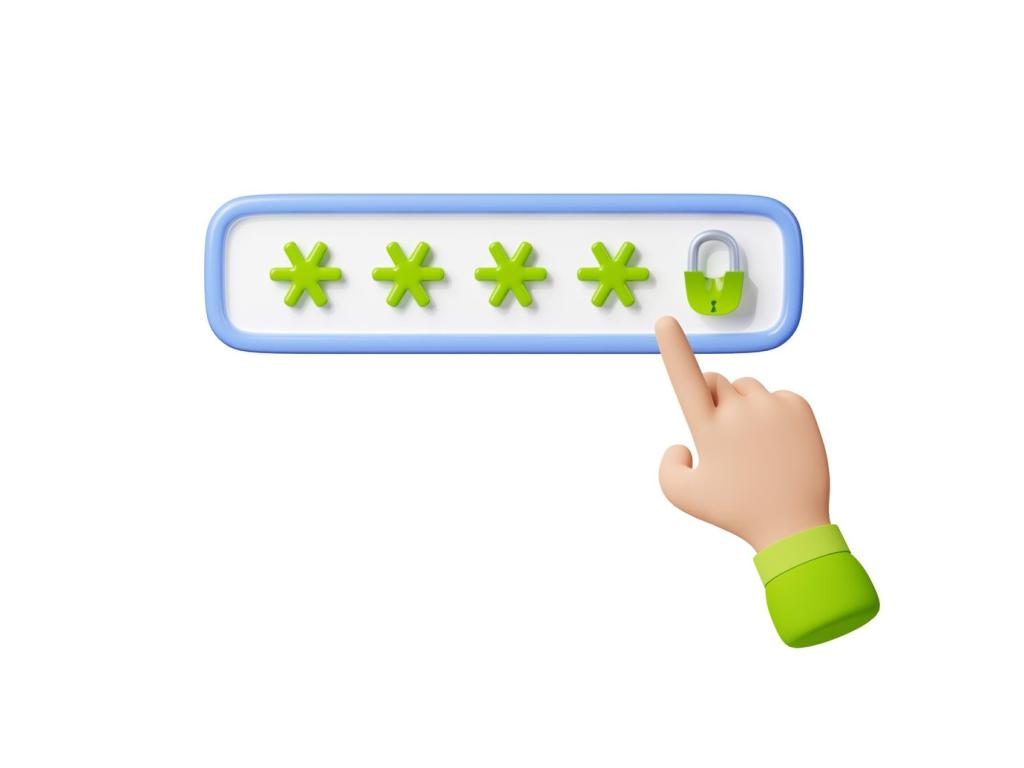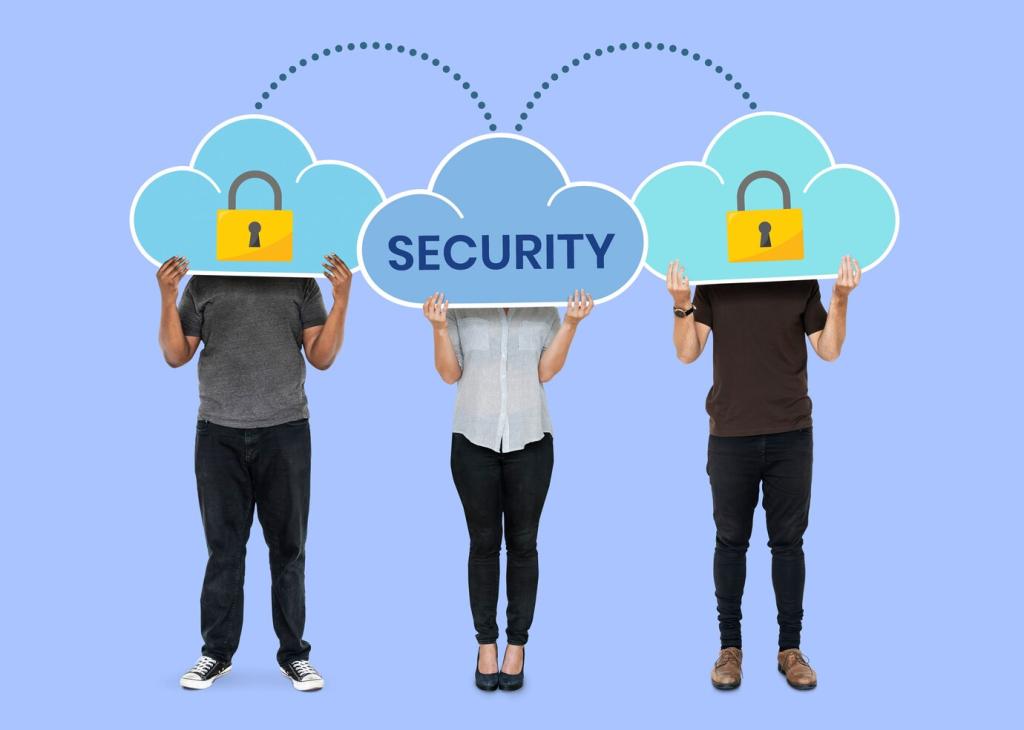Privacy-Preserving Technologies That Actually Ship
Inject calibrated noise into aggregate analytics so no single customer’s behavior can be reverse-engineered. It keeps trend lines intact while hiding individuals. Have you tried differential privacy for cohort reporting or product metrics without sacrificing decision-quality insights?
Privacy-Preserving Technologies That Actually Ship
Train models on-device or within bank partners, sending only gradients or parameters, never raw data. This keeps sensitive records local while models improve. Where have you seen federated approaches reduce data transfer while still catching fraud or improving personalization?
Privacy-Preserving Technologies That Actually Ship
Use strong encryption at rest and in transit, tokenize identifiers, and consider secure enclaves for sensitive computations. Combine technical controls with access policies. Which combination helped you limit insider risk while keeping incident response and debugging workable for engineers?








